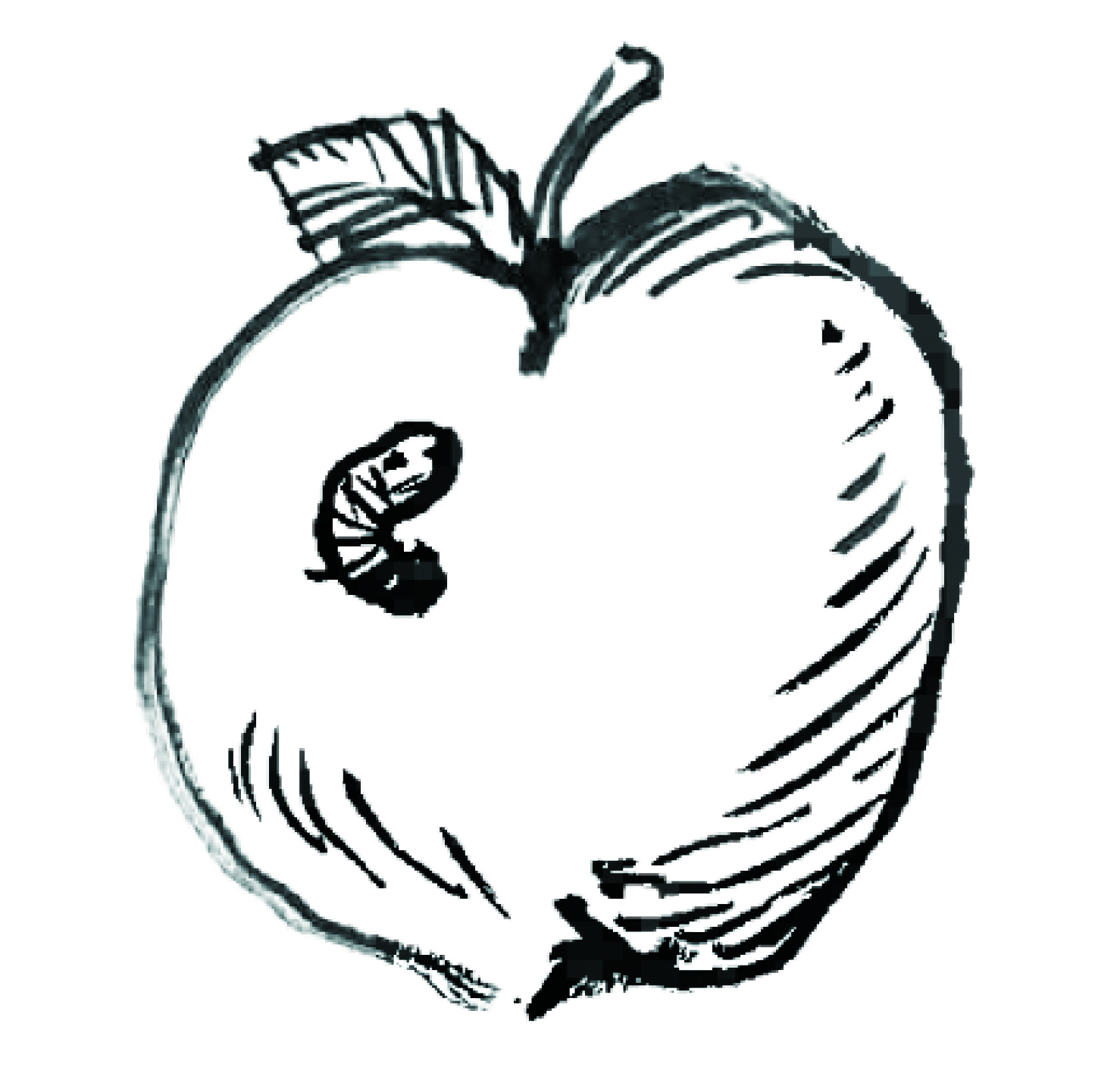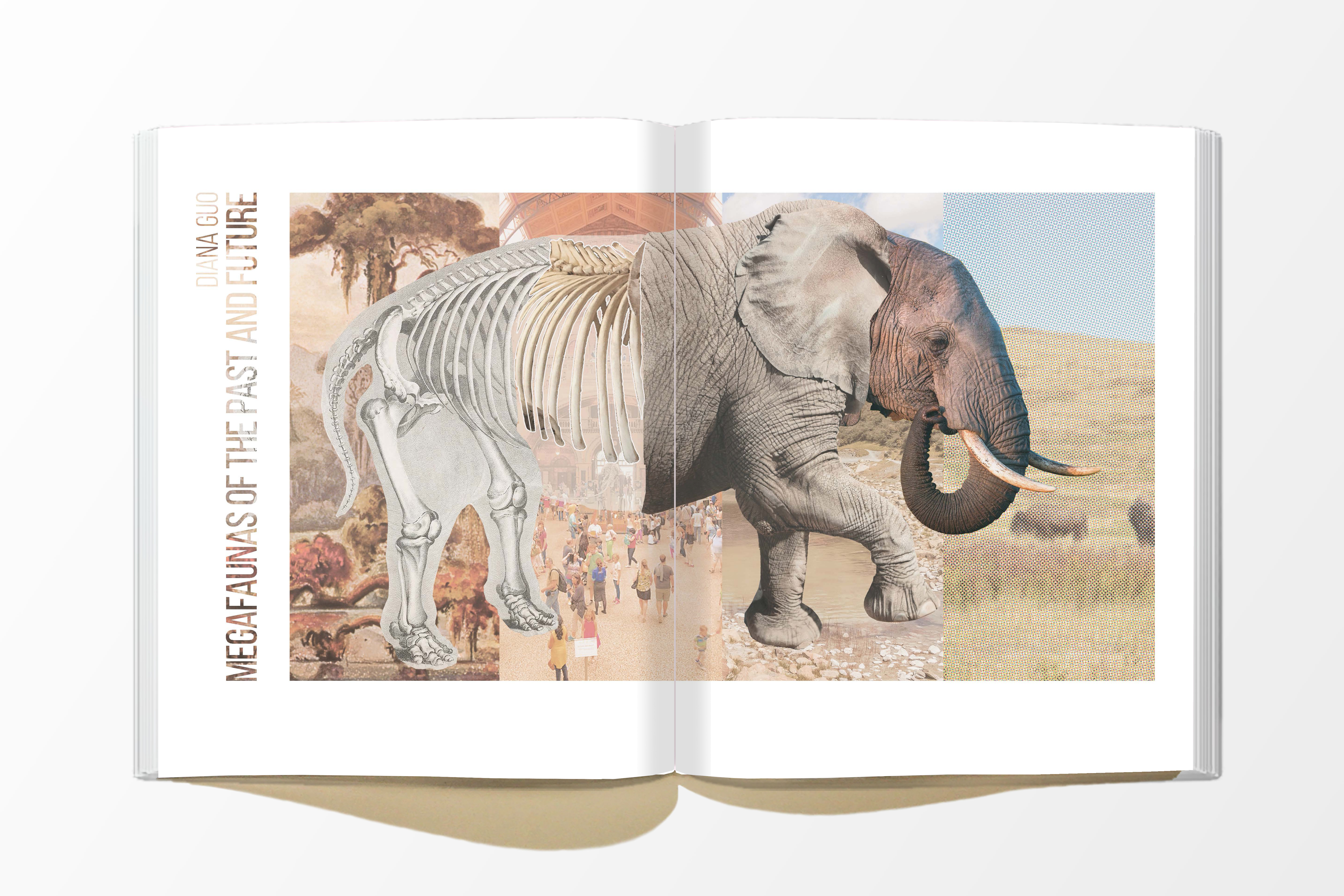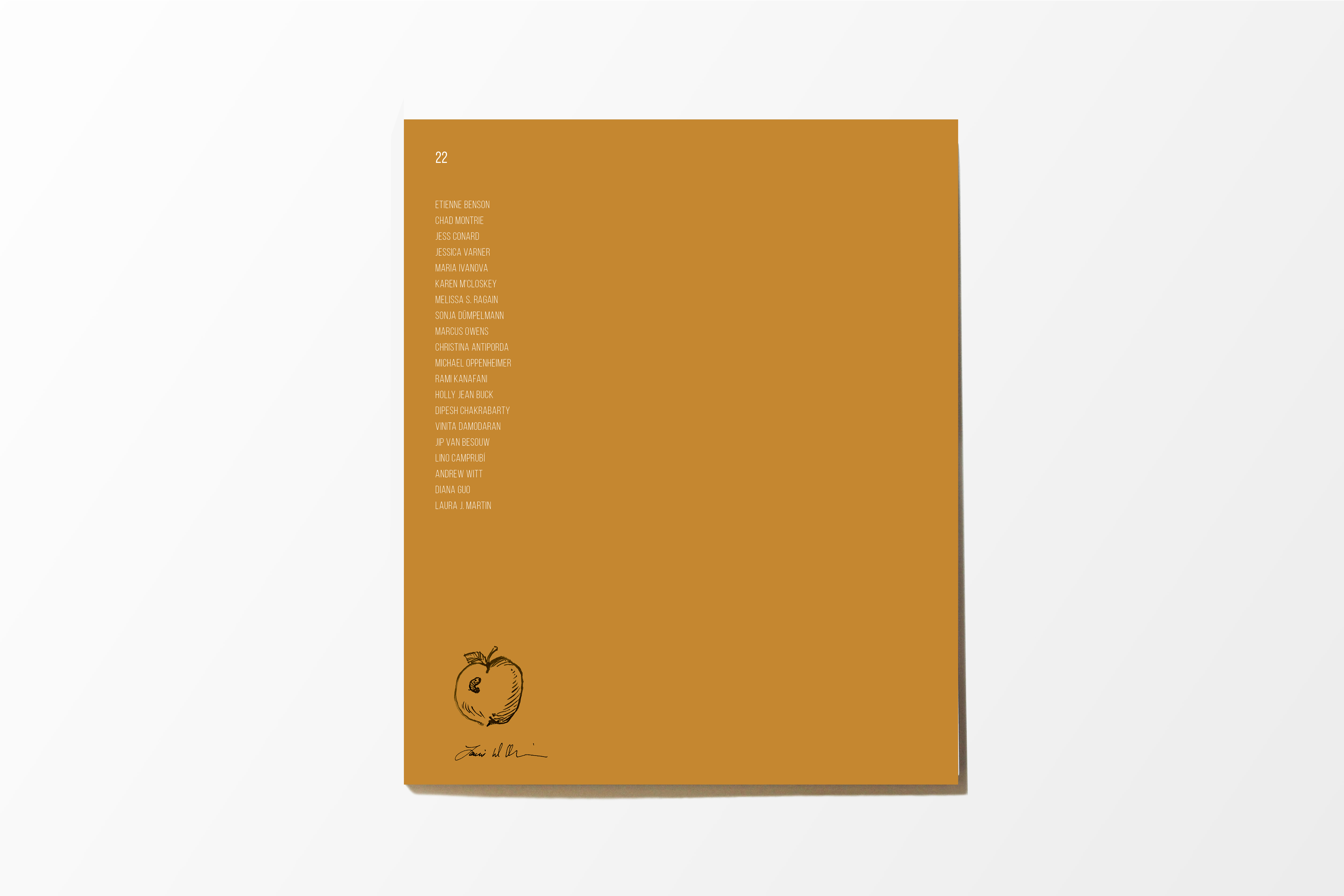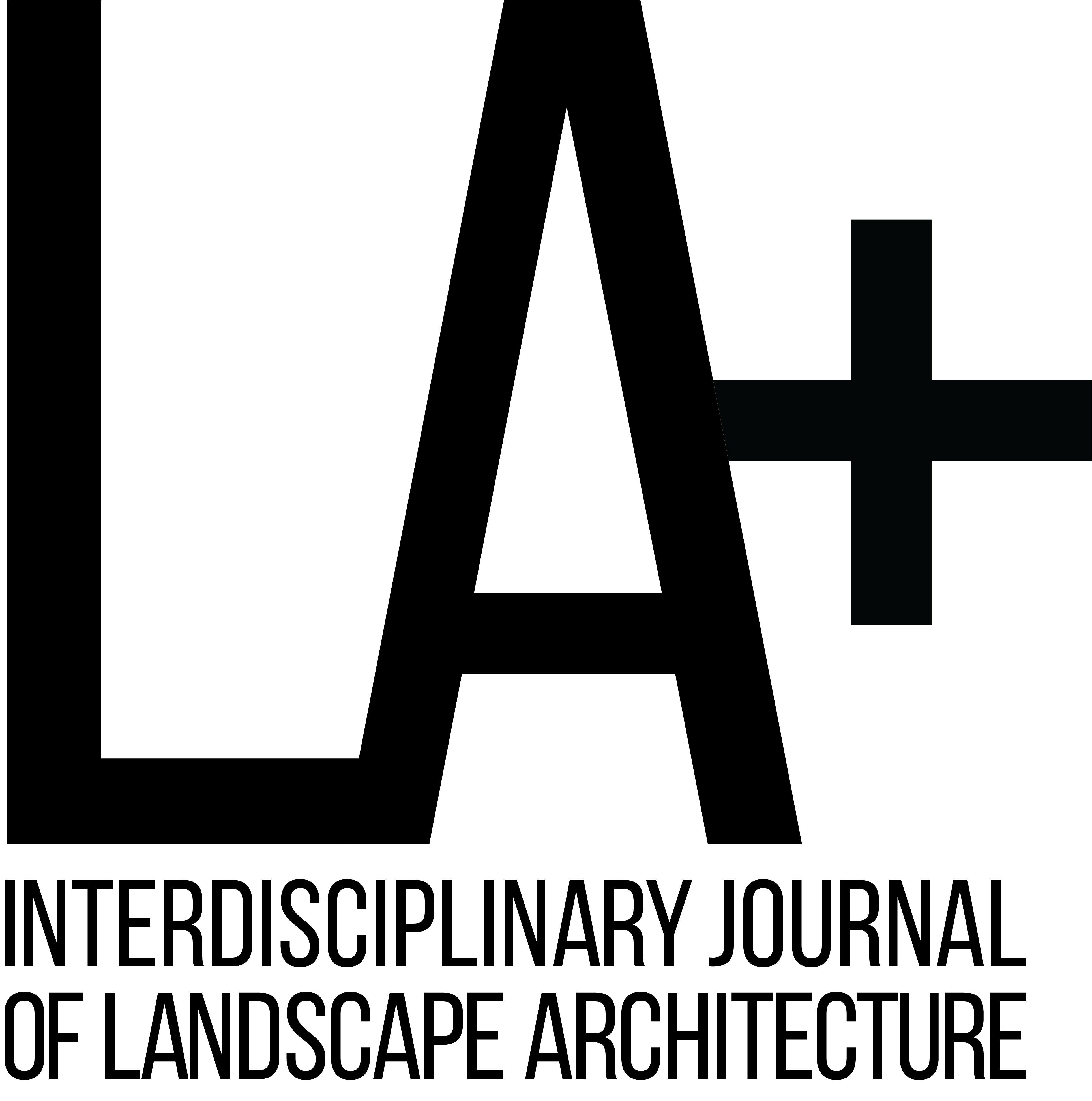“Environments, Environmentalisms, Envirotechniques”
“The Other Silence in Silent Spring”
“In Conversation with Jess Conard”
“In Conversation with Maria Ivanova”
“On the Road with Hebert Bayer”
“Sounding Extreme Environments”
“Nuclear Weapons and the Unity of The Environment”
“In Conversation with Michael Oppenheimer”
“Spiritualizing the Two Cultures, c. 1978”
“Failure to Build”
“In Conversation with Dipesh Chakrabarty”
“Why Environmental History Matters”
“Making the Seascape”
“Snow Globes: Cyclic Drawings and Cryospheric Panoramas”
“Megafaunas of the Past and Future”
“Beyond Habitat”
























